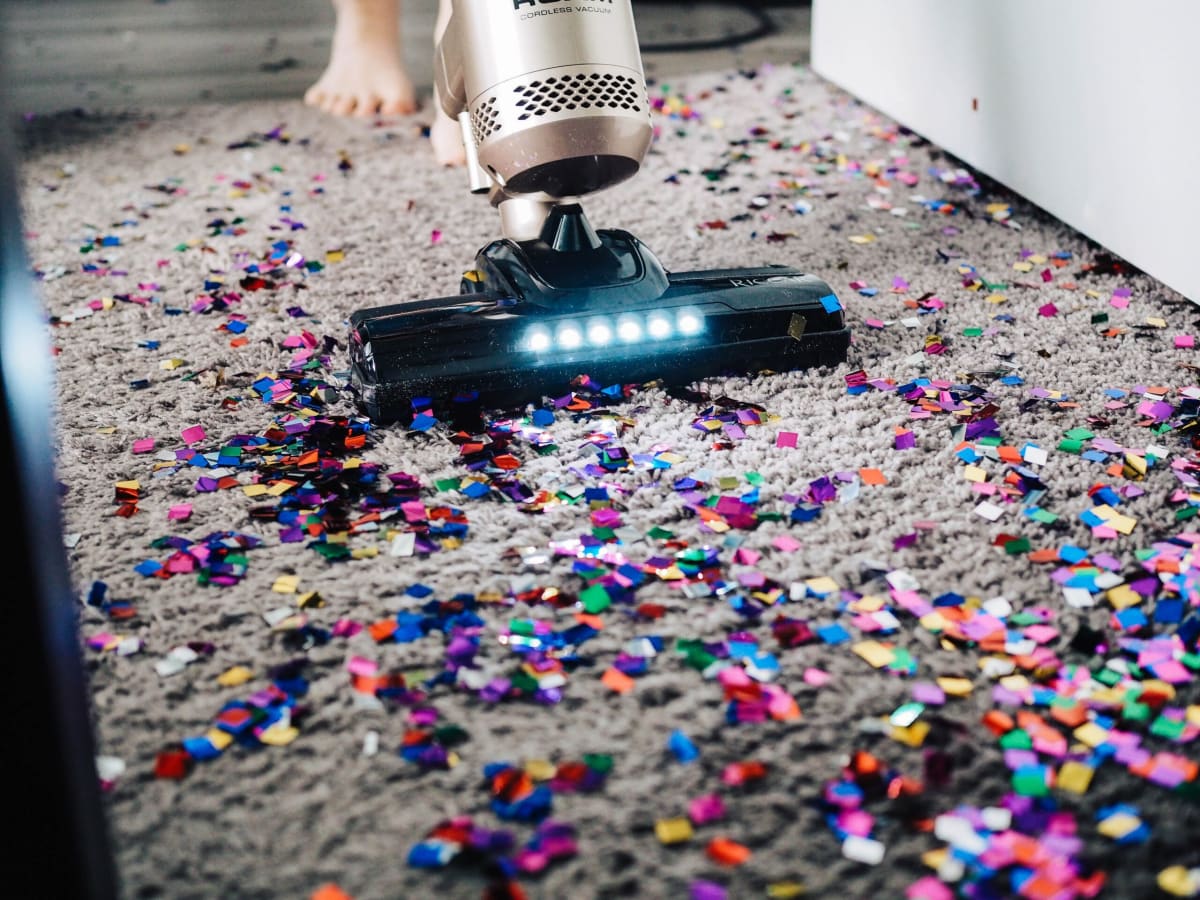Decluttering your desktop
Get organized and stay organized by decluttering your desktop.
We’re all guilty of letting things accumulate on our computers, slowing them down until that fateful day you’re forced to do a system update and have to close 17 programs and million tabs. Get a fresh start by clearing out the noise.


If you’re anything like me, you have way too many things happening in the background of your computer at pretty much all times. When I first started with Gun.io, I swore I’d keep this new MacBook clean: organize my files, get to inbox zero every day, and delete screenshots regularly. While I am marginally better at this than I have been in the past, I legitimately have 49 tabs open in this one window and 196 emails to sift through, so it’s safe to say that I’m not exactly excelling at the task.
It’s time for decluttering, which can improve performance on the computer, as well as performance of everyday tasks. Some tasks should have regular upkeep, while others will be a once-in-a-while sort of deal.
Remove old apps and extensions
I couldn’t tell you how many trials of programs I have signed up for, or how many Chrome extensions I have added under the guise that they would improve my ability to *fill in the blank*. From learning Spanish to scheduling social media, I will give anything a shot if I think it can be useful. And when it’s not? Well, I just leave it in the annals of extension history, to be dealt with at some indeterminate time in the future.
Start by removing all of the apps and extensions you don’t use. It’s even better if you can get in the habit of removing them as soon as they prove to be less than useful to you, but realistically you could shoot for every six months and be fine.
Clear browsing history and cookies
Okay, so while we’re on the topic of Chrome extensions, there’s one I definitely recommend: Web Developer. This was first recommended to me by another developer I worked with when I was having caching problems, and it’s proved to be worth its weight in gold. I find myself most often using it to clear cookies that aren’t found through the app storage, but you can also use it to disable style sheets, manipulate images, and a lot more.

Clean and organize your inbox
The degree of difficulty and amount of time you have to dedicate to this particular task will vary based on how long you’ve let it go. It’s obviously easier to manage an inbox that has under 500 messages in it, but if you’ve got one with thousands, you may want to take this on in chunks.
The first and easiest step I’ve found to cutting inbox junk is to search “unsubscribe”. Every single email that contains that word will populate, and you can get an easy look at the messages you signed up for at some point. Decide which ones you want to keep subscribing to, unsubscribe from the rest, and delete everything.
Once you’ve done that, it’s time to organize the emails that keep coming in without a subscription. If you freelance with multiple clients, that might mean creating a different folder for each one of them. If you use one inbox for business and personal, separate the two and set filters to send incoming mail to the correct spot. A strictly business account can be broken up into folders around various aspects of your job, like project requirements, analytics, and business news.

Sort through your files
As a Content Lead, I regularly download images, take screenshots, and save design files on my computer, and the only real way I used to have to search for them was by the date I may or may not have added said file to my computer. It doesn’t take a rocket surgeon to see how inefficient this is. Since adding clear, concise folders to my desktop, I have a much easier time keeping track of it all. Blog images? They’re in the “Blog Images” folder. Brand assets? In the “Brand Assets” folder. Easy, clear, and organized. And if I don’t need it? It can go straight to the trash. It’s much easier to clean out one folder at a time than everything in “Downloads”.
While we’re at it, you may also consider coming up with your own naming convention for your files. Think about how you plan to look things up in the future and use that as a guide for organization.
Keep up with it
Much like anything that gets messy (a house, the inside of your car, the junk drawer that barely closes), it’s a lot easier to mitigate disaster when the disaster area is limited. If some of these tasks feel daunting to keep up with on a daily or weekly basis, set a goal of doing them once a month. You could even build your own app to keep yourself on track! Setting aside time to take care of your digital workspace saves you time in other ways down the road, making you more efficient in the long run.
Interested in working with Gun.io? We specialize in helping engineers hire (and get hired by) the best minds in software development.
